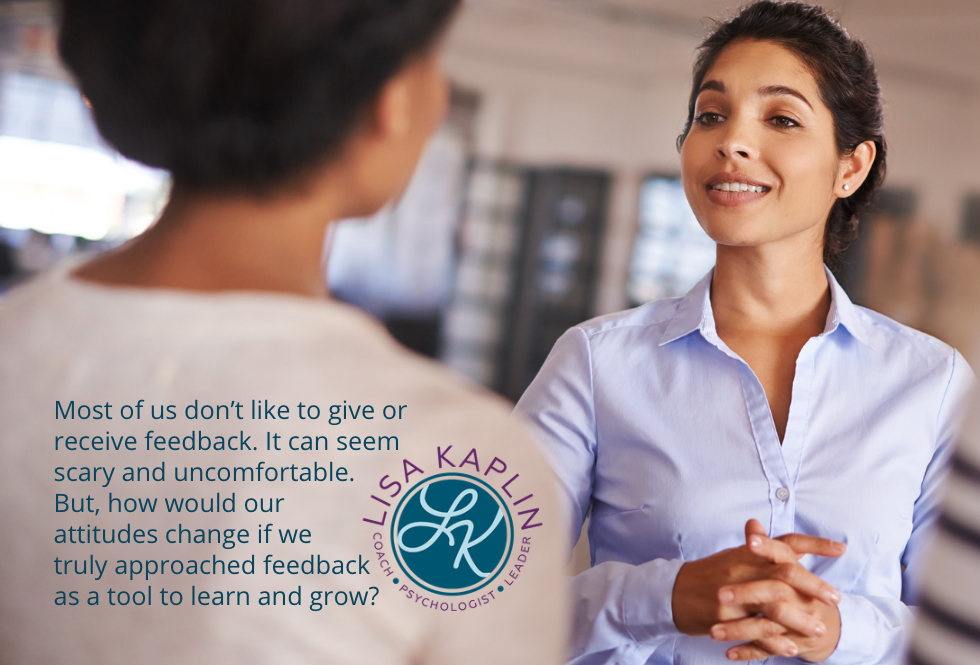When I first entered the corporate world many years ago, I learned about the sandwich method of giving feedback. The method says to give positive feedback first, constructive or corrective feedback second, and then finally positive feedback. I’ve never liked giving or receiving feedback that way. It has always felt a bit forced for my taste. (Pun intended.) I would much rather have clear, direct feedback, whether it is positive or negative, as soon as one is able to give me that feedback.
This article on BetterUp sums up the pros and cons of the sandwich method nicely. There are some cultural issues at play when deciding to use the sandwich method, as well as the unique personality styles of the people involved in the giving and receiving of feedback. Whether you use the feedback sandwich or not may be beside the point. Apparently, most of us don’t like to give feedback at all. So many of my clients, almost all of them leaders of some sort, aren’t comfortable giving constructive or negative feedback.
The reasons vary from, “I don’t like people to get upset.” To “It’s just uncomfortable for me to do that.” Thus, they give really useless, unhelpful feedback or even worse, no feedback at all. So maybe the problem isn’t the type of feedback one gives, but rather the mindset of giving said feedback. If you see feedback as a bad or one-sided situation, why would you like it?
What if, however, you really believed that feedback is a win/win proposition. It’s a win for you because you are sharing your feedback and it’s a win for the other person because they can utilize that feedback to learn and grow. If someone isn’t comfortable receiving that, that’s really their issue, not yours. There’s no doubt that how we give feedback matters. If we give it from a place of believing that in doing so everyone benefits, feedback can actually be fun!
Most of us don’t like to give or receive feedback. It can seem scary and uncomfortable. But, how would our attitudes change if we truly approached feedback as a tool to learn and grow? #leadership #feedback #evaluation #criticism Click To TweetSo maybe instead of spending a ton of time thinking of which feedback strategy you want to utilize, maybe it would be more beneficial to think about why you are looking forward to sharing feedback and why it will benefit both you and the person you are giving it to. The likelihood of you giving that feedback in a helpful, positive way will dramatically improve if you change your mindset around it.
Stale sandwiches aside, Brené Brown says, “kind is clear” in that clear and direct feedback is the most kind you can be to another person. Again, if they get upset by your clear feedback, that’s an opportunity for them to figure out why. Your job is to be as clear, direct, and open as you can and have faith that doing so will benefit all involved.
Love,

Lisa Kaplin Psy. D. PCC

